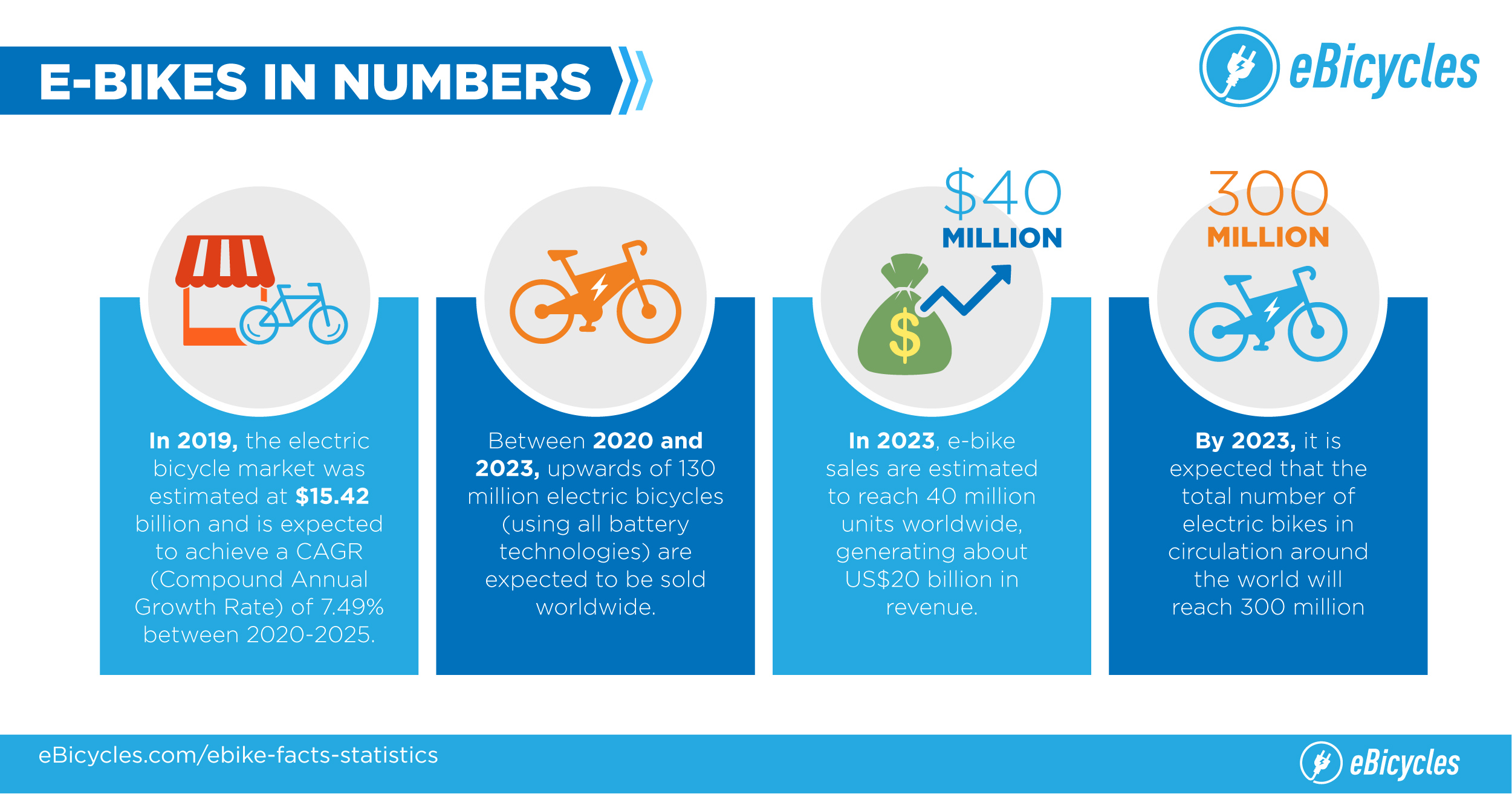Understand The Lawful Needs In Your Location To Ride Your E-Bike Both Securely And Legally
Understand The Lawful Needs In Your Location To Ride Your E-Bike Both Securely And Legally
Blog Article
Composed By-Lynch Dejesus
Before you get on your e-bike and struck the streets, it's vital to recognize the laws and guidelines that regulate your city. From rate restrictions to marked riding areas, there's a whole lot to take into consideration to guarantee you're compliant and risk-free. By acquainting yourself with the guidelines details to e-bikes, you'll be better equipped to appreciate your rides without any unexpected legal problems. Remain tuned to discover crucial understandings that will certainly assist you navigate the e-bike landscape in your city effortlessly.
Recognizing E-Bike Classification
When it comes to browsing the realm of e-bike legislations and laws, an essential beginning factor is recognizing the classification system that classifies these electric bikes. E-bikes are commonly categorized right into 3 main groups: Class 1, Course 2, and Course 3.
Class 1 e-bikes are pedal-assist only, suggesting they provide support while the rider is pedaling and have a maximum speed of 20 mph. These bikes are allowed areas where typical bicycles are permitted.
Course 2 e-bikes are geared up with a throttle that can push the bike without pedaling. They also have a maximum speed of 20 mph and appropriate for motorcyclists who might require help without pedaling constantly.
Course 3 e-bikes are similar to Class 1 however with a greater maximum speed of 28 miles per hour. These bikes are usually restricted from specific bike courses or routes because of their higher rates.
Comprehending these categories is important for following regional policies and ensuring a safe and satisfying e-biking experience.
Browsing Rate Limits and Constraints
To effectively navigate e-bike regulations and guidelines, it's vital to understand the speed limitations and limitations that relate to different classes of electrical bikes.
Rate restrictions for e-bikes differ depending on the category of the bike. Class 1 e-bikes, which are pedal-assist only and have a maximum speed of 20 miles per hour, are normally permitted on bike lanes and courses.
visit this web page link -bikes, which have a throttle in addition to pedal-assist and additionally get to rates of up to 20 mph, might be limited in particular locations where motorized vehicles aren't permitted.
Class 3 e-bikes, with pedal-assist approximately 28 mph, are generally required to comply with the very same regulations as conventional bicycles.
It is necessary to follow these rate limitations and limitations to guarantee your safety and security and the security of others on the road. Before riding visit this link -bike, acquaint yourself with the particular regulations in your city to avoid any prospective penalties or legal issues.
Where to Adventure Your E-Bike
To figure out where you can ride your e-bike, it's vital to recognize the laws and standards particular to your location. In many locations, e-bikes are normally enabled on roadways and streets where traditional bikes are allowed. This may include bike lanes, bike paths, and shared highways. However, it's important to check neighborhood regulations as some cities might have specific constraints on where e-bikes can be ridden.
When riding your e-bike, constantly prioritize safety and security by adhering to web traffic policies and appreciating pedestrian walkways. Additionally, be mindful of any kind of marked bike lanes or paths in your location and utilize them whenever feasible to ensure a smoother and much safer trip.
Some cities likewise have policies relating to e-bike usage on sidewalks, so ensure to familiarize on your own with these policies to stay clear of any type of penalties or charges.
Conclusion
Now that you're familiar with the laws and laws bordering e-bikes in your city, you can confidently hit the road knowing where you can ride and what constraints apply to your e-bike category. Bear in mind to always focus on safety and comply with the guidelines to ensure a smooth and legal trip. Happy riding!
